Buyers who lived in the right place, got along well with their Chevy dealer and knew the right codes and terminology could tailor their Corvette exactly to their liking and with just a little edge over even owners of comparably-powered cars. One example of a tiny but significant advantage was ‘Export’ cars which avoided some of the power-robbing and weight-adding emission control equipment which at the end of the Sixties had began to be required to sell cars in the United States. No car, not Chevy, not Pontiac, not Ford, not Plymouth, could better benefit from the incremental improvements of export preparation than the L88 Corvette. Built off-line in a corner of Chevrolet’s Tonawanda, New York engine factory, the L88’s attributes were legendary. First introduced in the 1967 model year, it was Corvette’s answer to the Cobras and Ferraris, a full-bore racing engine that appeared on paper to be sufficiently unattractive than all but the well-informed, serious racers would overlook it. The L88 option appeared on Corvette’s options list as a 430hp version of the 427 cubic inch engine, and it was, too. In rating the L88, however, Chevy quit the dyno run well below the rpm where it made maximum torque, much less maximum horsepower. In actual fact every L88 cranked out 550 or so horsepower when it was shipped from Tonawanda. Every part was individually selected, weighed, blueprinted, fitted and adjusted by the most skilled assemblers in Tonawanda. You didn’t get air conditioning with the L88 engine. If you knew the secrets you could get your L88 without emissions control equipment by specifying PR0 if the ordering dealer and any watchful order processors upstream let it through. One who did was John Lau who lived on the island of Oahu and ordered this 1968 Corvette with the L88 option and PR0 Export Preparation. His wife Sylvia remembered the car two decades later in a letter to a subsequent owner, “The L-88 was the 7th [Corvette] we owned since 1959, … The car was purchase[d] in 1968 and we were the original owners. Yes, he did race the car and it performed beautifully. We had won many events, drag races and wheel to wheel competitions. John, my husband, did not keep the car exactly original as you can see from the photos. He liked to give it the ‘Lau look’. He was also one to keep it in show room condition. “It was with regret that we sold the car, because we loved it, but it was at the time that there was a gas shortage, and we had to get up every morning at 4:00 to wait in line to get gas. The car had a high powered engine that really feasted on petrol. “The photos enclosed were taken in 1970, that is me, and the fellow with the proud smile is my John.” John Lau’s intention to do some serious driving of his new L88 was apparent from the options he ordered. In addition to the L88 engine there was the close ratio, heavy duty M22 four-speed known today universally as the ‘Rock Crusher,’ transistor ignition, 4.56:1 ratio Positraction axle, F41 Special Performance suspension, J56 special performance power brakes, N11 Offroad Exhaust and the telescopic steering column. There were no side exhausts. No AM-FM. No heater. And for sure there was no Speed Warning system. The only concession to comfort was the Black leather upholstery on the seats – there was no weight penalty for that. As Sylvia Lau notes in her letter, their L88 earned its share of trophies and maybe even a little money on the side. John gave it just a little edge by shaving the weight of the emissions equipment and the power lost in running the air pump and it paid off in competition. By 1985 it was owned by Robbie Robinson in Portland, Oregon and it was judged 98.5 points at the NCRS meet in Bend, Oregon in August 1989 following a restoration in 1988 and 1989 by Thorpe’s Body and Corvette Shop in O’Fallon, Illinois. Obsessive restoration details include accurately reproducing the inspectors’ paint markings, leaving the masking tape holding the body shims in place that was
Buyers who lived in the right place, got along well with their Chevy dealer and knew the right codes and terminology could tailor their Corvette exactly to their liking and with just a little edge over even owners of comparably-powered cars. One example of a tiny but significant advantage was ‘Export’ cars which avoided some of the power-robbing and weight-adding emission control equipment which at the end of the Sixties had began to be required to sell cars in the United States. No car, not Chevy, not Pontiac, not Ford, not Plymouth, could better benefit from the incremental improvements of export preparation than the L88 Corvette. Built off-line in a corner of Chevrolet’s Tonawanda, New York engine factory, the L88’s attributes were legendary. First introduced in the 1967 model year, it was Corvette’s answer to the Cobras and Ferraris, a full-bore racing engine that appeared on paper to be sufficiently unattractive than all but the well-informed, serious racers would overlook it. The L88 option appeared on Corvette’s options list as a 430hp version of the 427 cubic inch engine, and it was, too. In rating the L88, however, Chevy quit the dyno run well below the rpm where it made maximum torque, much less maximum horsepower. In actual fact every L88 cranked out 550 or so horsepower when it was shipped from Tonawanda. Every part was individually selected, weighed, blueprinted, fitted and adjusted by the most skilled assemblers in Tonawanda. You didn’t get air conditioning with the L88 engine. If you knew the secrets you could get your L88 without emissions control equipment by specifying PR0 if the ordering dealer and any watchful order processors upstream let it through. One who did was John Lau who lived on the island of Oahu and ordered this 1968 Corvette with the L88 option and PR0 Export Preparation. His wife Sylvia remembered the car two decades later in a letter to a subsequent owner, “The L-88 was the 7th [Corvette] we owned since 1959, … The car was purchase[d] in 1968 and we were the original owners. Yes, he did race the car and it performed beautifully. We had won many events, drag races and wheel to wheel competitions. John, my husband, did not keep the car exactly original as you can see from the photos. He liked to give it the ‘Lau look’. He was also one to keep it in show room condition. “It was with regret that we sold the car, because we loved it, but it was at the time that there was a gas shortage, and we had to get up every morning at 4:00 to wait in line to get gas. The car had a high powered engine that really feasted on petrol. “The photos enclosed were taken in 1970, that is me, and the fellow with the proud smile is my John.” John Lau’s intention to do some serious driving of his new L88 was apparent from the options he ordered. In addition to the L88 engine there was the close ratio, heavy duty M22 four-speed known today universally as the ‘Rock Crusher,’ transistor ignition, 4.56:1 ratio Positraction axle, F41 Special Performance suspension, J56 special performance power brakes, N11 Offroad Exhaust and the telescopic steering column. There were no side exhausts. No AM-FM. No heater. And for sure there was no Speed Warning system. The only concession to comfort was the Black leather upholstery on the seats – there was no weight penalty for that. As Sylvia Lau notes in her letter, their L88 earned its share of trophies and maybe even a little money on the side. John gave it just a little edge by shaving the weight of the emissions equipment and the power lost in running the air pump and it paid off in competition. By 1985 it was owned by Robbie Robinson in Portland, Oregon and it was judged 98.5 points at the NCRS meet in Bend, Oregon in August 1989 following a restoration in 1988 and 1989 by Thorpe’s Body and Corvette Shop in O’Fallon, Illinois. Obsessive restoration details include accurately reproducing the inspectors’ paint markings, leaving the masking tape holding the body shims in place that was









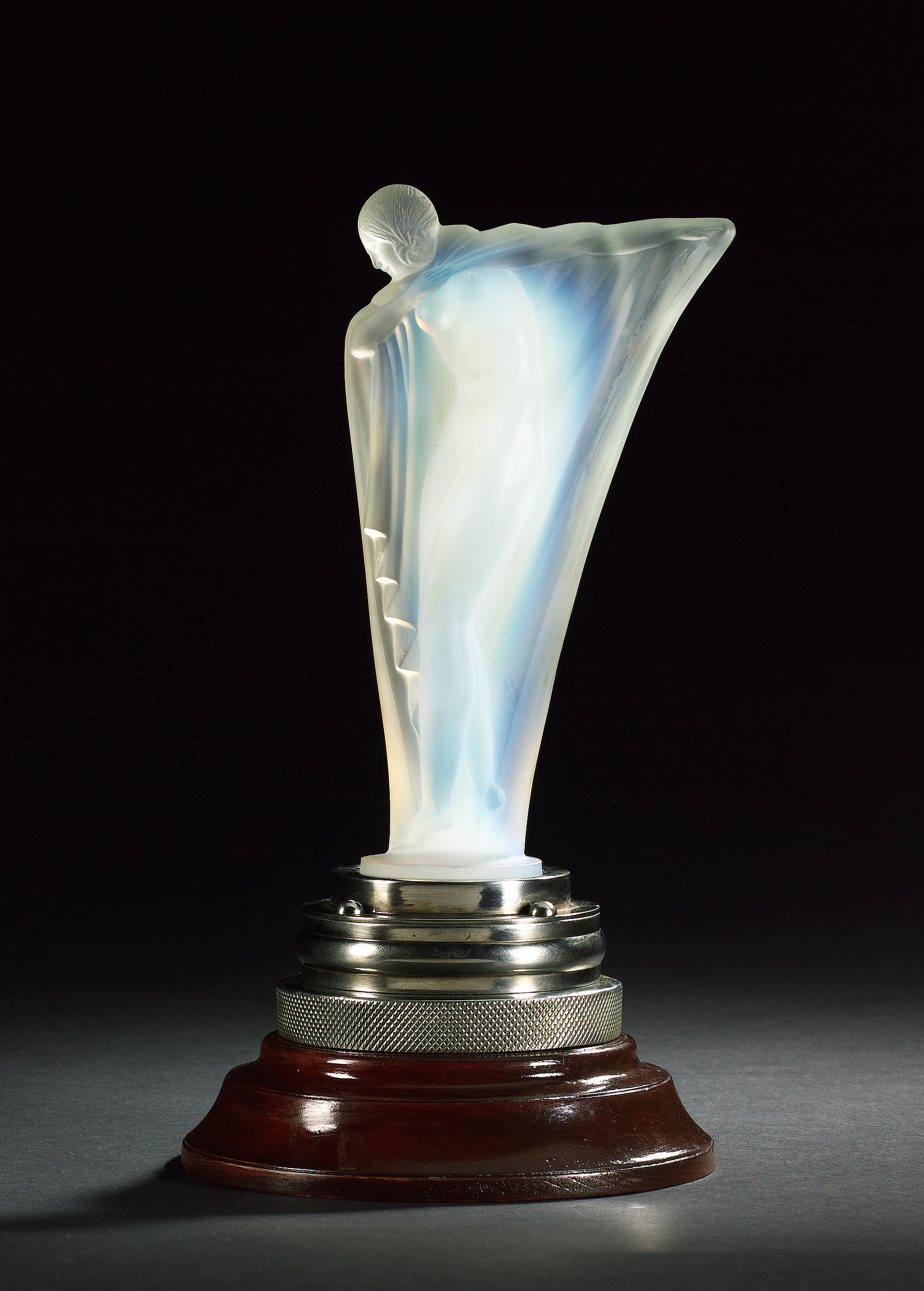
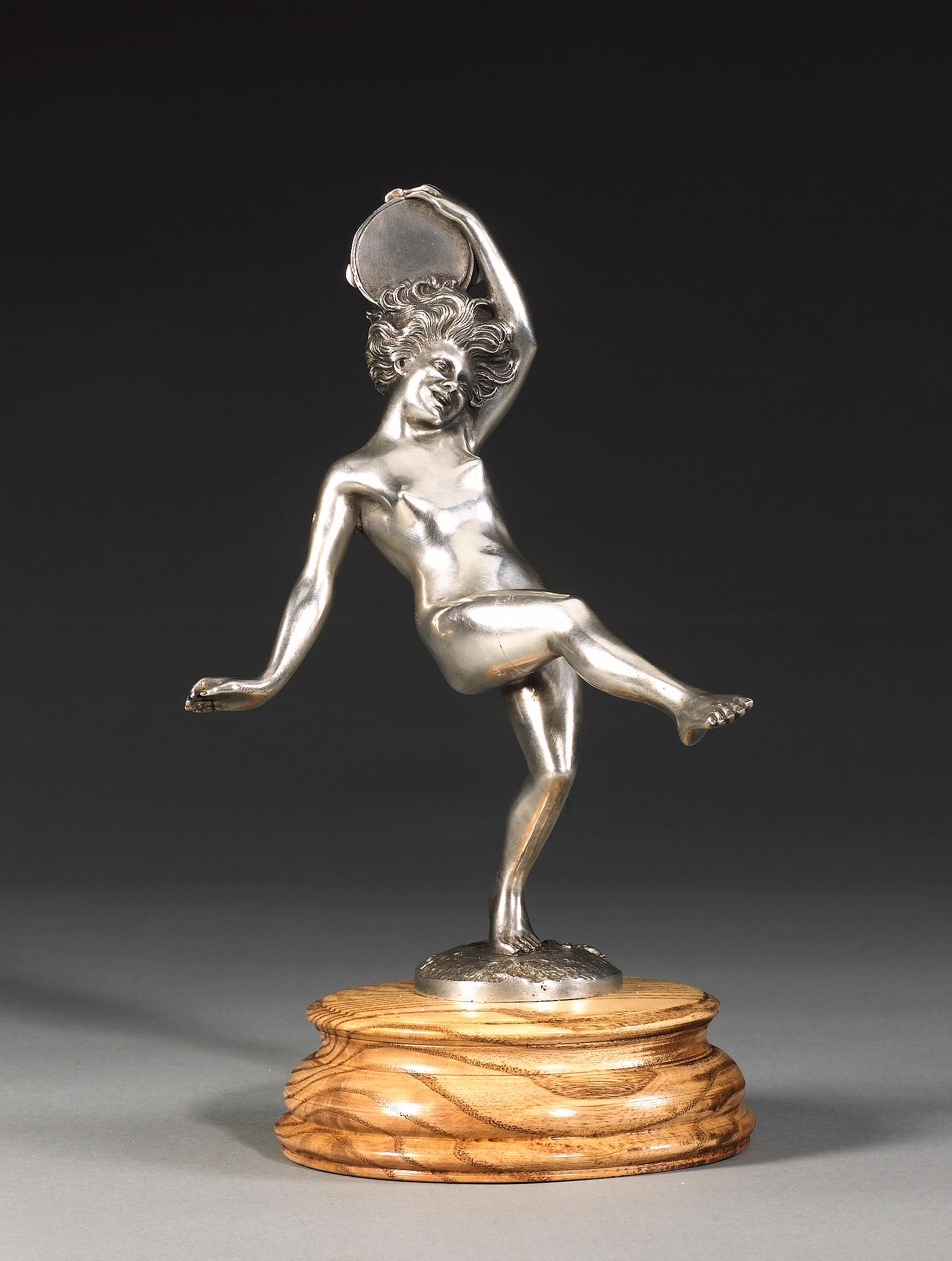
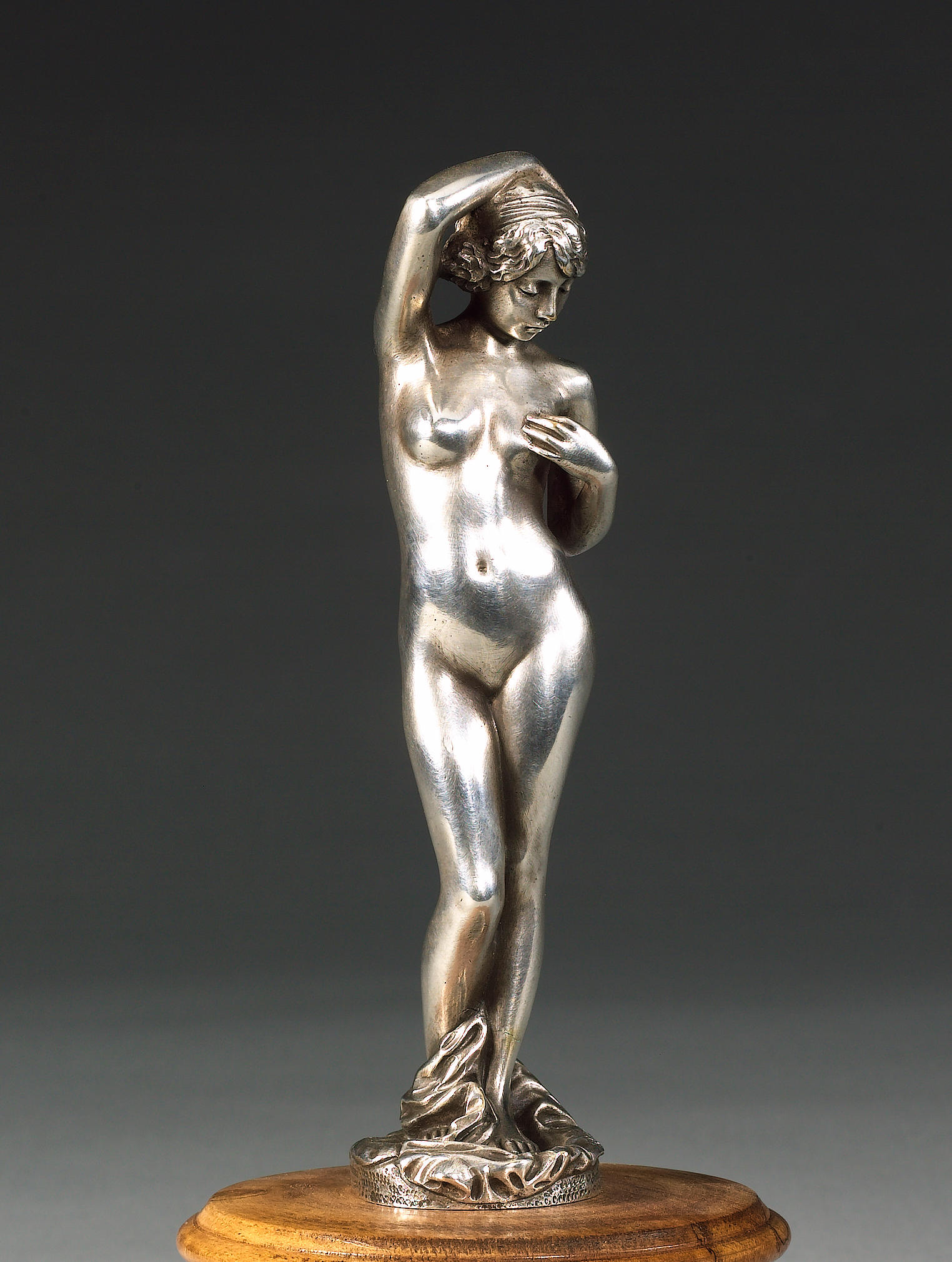
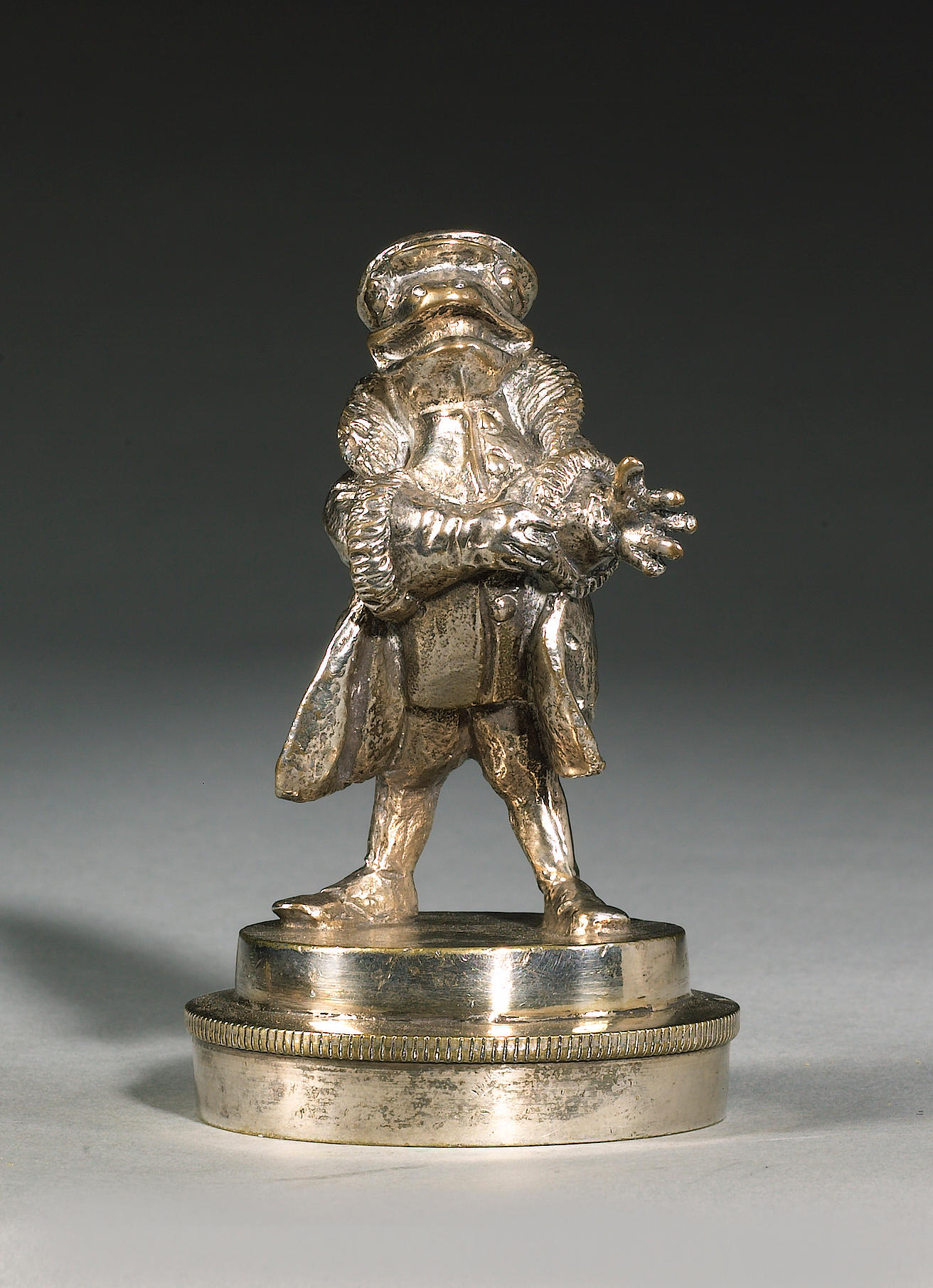
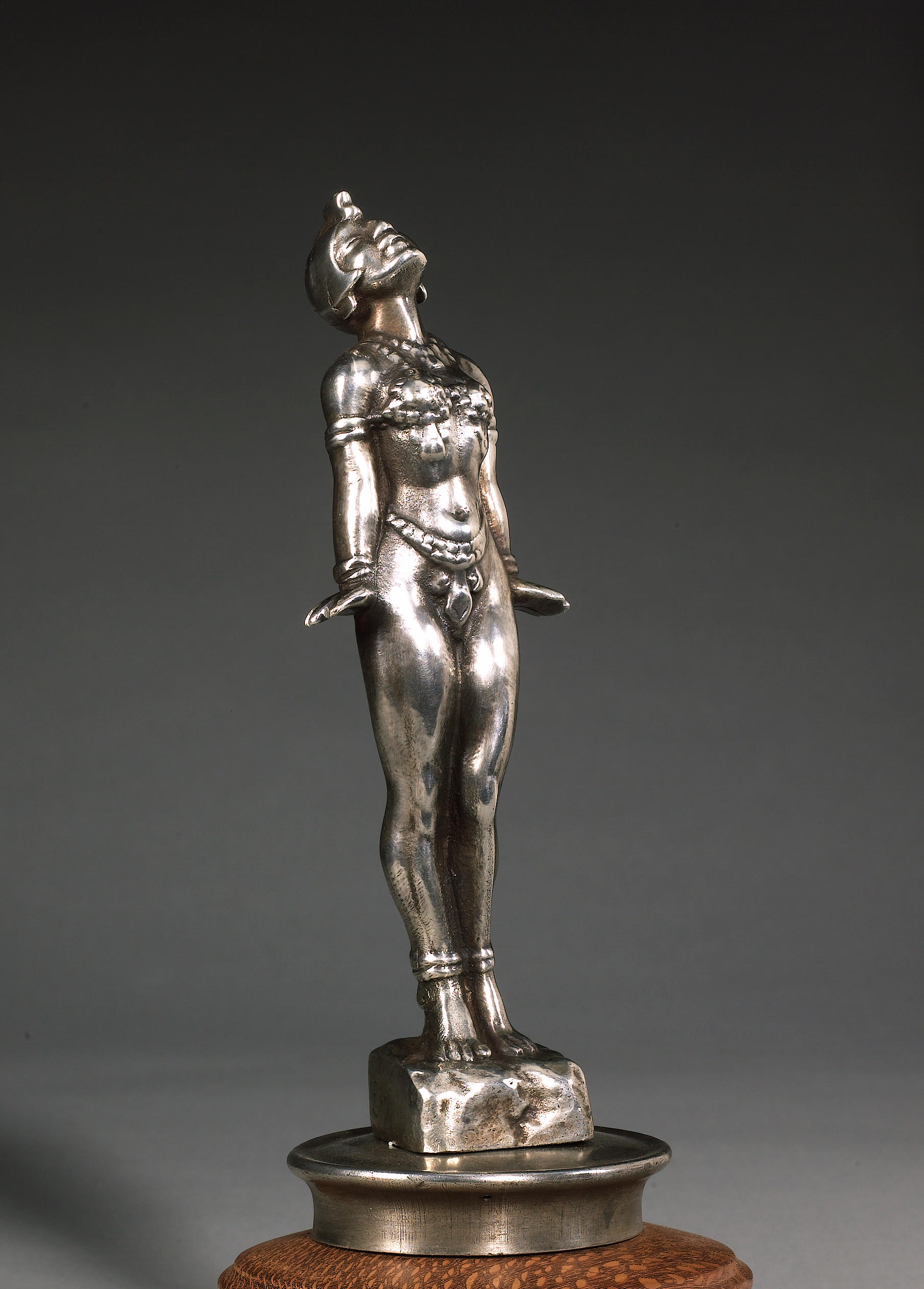
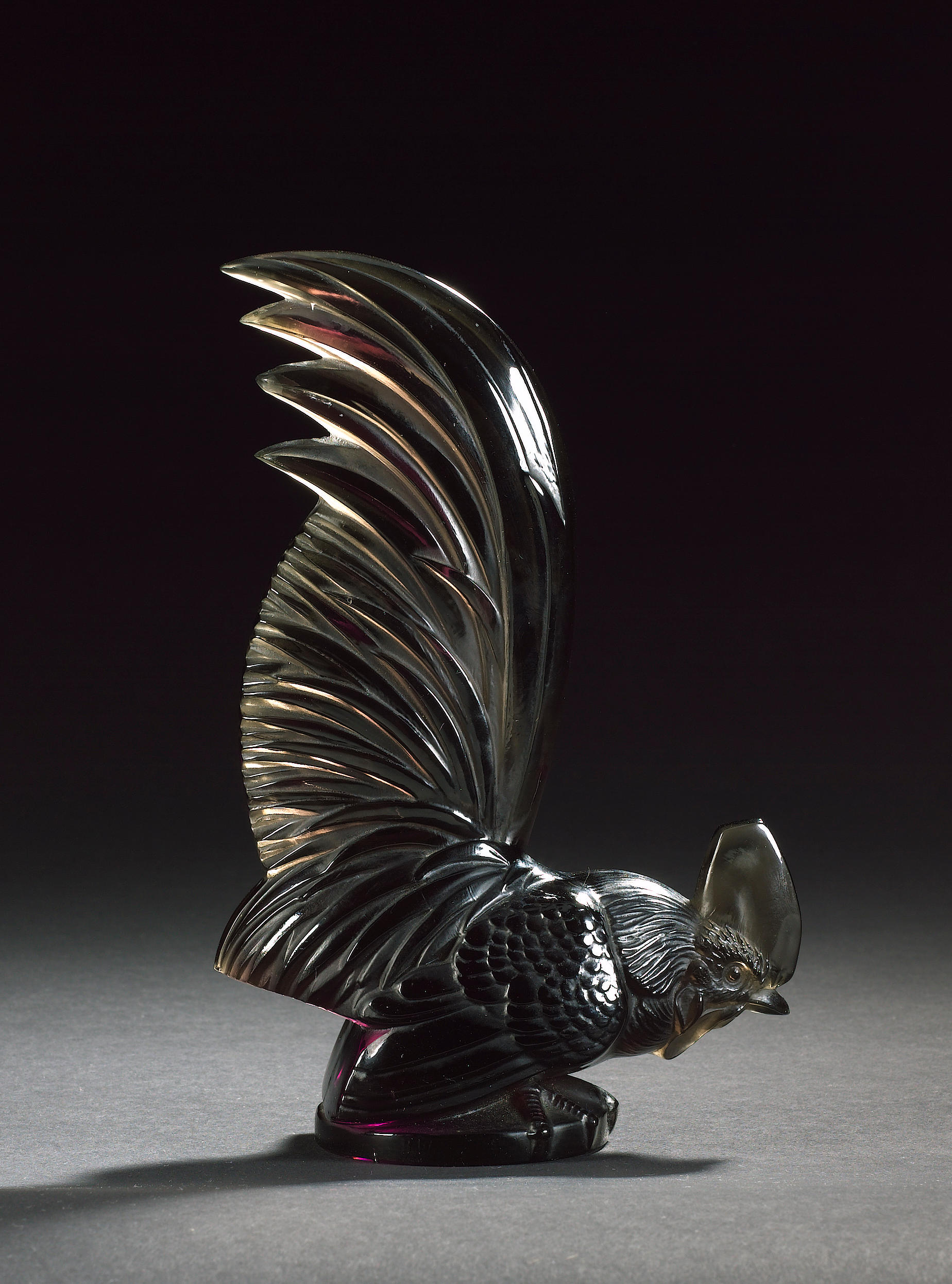
Try LotSearch and its premium features for 7 days - without any costs!
Be notified automatically about new items in upcoming auctions.
Create an alert